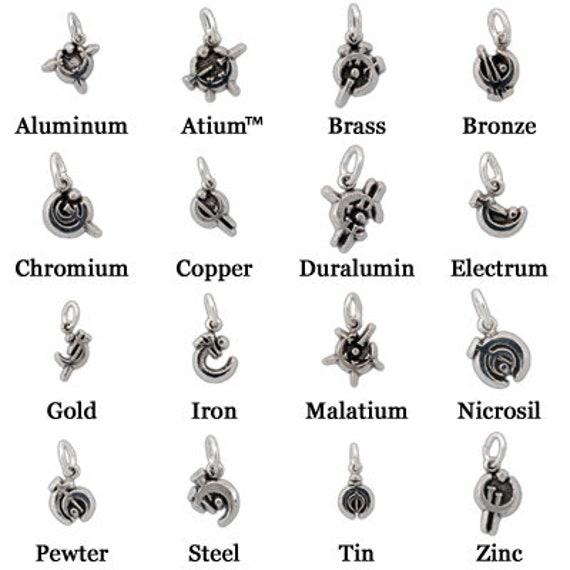In the realm of contemporary fantasy literature, Brandon Sanderson’s Mistborn series stands out for its meticulously crafted magic system, which not only captivates readers with its originality but also enhances the narrative’s complexity and depth. At the heart of the series lies Allomancy, a unique form of magic that involves the consumption and metabolization of metals to gain supernatural abilities. This system is not merely a backdrop for the story but a fundamental component that shapes the characters, influences the plot, and enriches the thematic exploration of power and trust. By examining the intricate mechanics and philosophical underpinnings of Allomancy, this article delves into how Sanderson’s innovative approach to magic contributes to the series’ acclaim and offers a fresh perspective on the genre’s potential for creativity and coherence.
Understanding Allomancy: The Core Mechanics of Mistborns Magic
At the heart of Brandon Sanderson’s Mistborn series lies an ingenious and meticulously crafted magic system known as Allomancy. This system is built upon the consumption and “burning” of specific metals to grant users—referred to as Mistborns or Mistings—unique supernatural abilities. Each metal corresponds to a distinct power, creating a complex interplay of strengths and limitations that defines the magic user’s capabilities. For instance, burning iron allows an Allomancer to pull on nearby metal objects, while steel enables them to push metals away. These mechanics are not only central to the plot but also serve as a metaphor for the balance between power and responsibility.
The intricacy of Allomancy is further emphasized through its classification into Physical, Mental, Enhancement, and Temporal metals, each category contributing to a comprehensive framework of abilities:
- Physical Metals: Enhance the user’s physical attributes or manipulate the physical world.
- Mental Metals: Affect the mind, including emotions and thoughts.
- Enhancement Metals: Alter the efficiency of other metals or amplify abilities.
- Temporal Metals: Influence time perception and manipulation.
This detailed categorization not only enriches the narrative but also invites readers to explore the nuanced interactions between characters and their environment, illustrating how Allomancy is both a tool and a narrative device in Sanderson’s epic saga.
The Role of Feruchemy and Hemalurgy in Expanding the Magical Universe
In the complex world of Brandon Sanderson’s Mistborn series, Feruchemy and Hemalurgy stand as pivotal systems that expand the boundaries of its magical universe. Feruchemy is an art of balance and conservation, where practitioners, known as Feruchemists, store specific attributes in metalminds—specialized metal objects that act as reservoirs. This ability allows them to tap into these stored attributes at will, creating a dynamic interplay between potential and realized power. For example, a Feruchemist might store physical strength during times of rest, only to unleash it in moments of dire need, effectively bending time’s influence over their capabilities. This system not only introduces a fascinating layer of strategy and foresight but also enhances character development, as individuals must choose when and how to expend their precious reserves.
In contrast, Hemalurgy presents a darker, more complex facet of the Mistborn universe. It involves the transfer of powers through the act of piercing the body with metal spikes, which are imbued with specific abilities. The process is fraught with ethical dilemmas and physical risks, as it often involves the loss of life to gain new powers. Hemalurgy’s role in the narrative is multifaceted, serving as a tool for both empowerment and manipulation. It introduces a moral complexity that challenges characters and readers alike to ponder the costs of power. Together, these systems of magic not only enrich the narrative but also serve as a lens through which the intricacies of power, ethics, and identity are explored.

Analyzing the Limitations and Costs of Mistborns Magic System
While the magic system in Mistborn, known as Allomancy, is praised for its complexity and depth, it is not without its limitations and costs. Allomancers rely on ingesting and “burning” specific metals to gain their powers, meaning their abilities are directly tied to the availability and purity of these metals. This creates a dependency that can be exploited by adversaries who can control or limit access to these resources. Furthermore, not all Allomancers are created equal; some are Mistborn, capable of burning all metals, while others, known as Mistings, can only burn one. This disparity often leads to societal hierarchies and power imbalances, reflecting the world’s underlying class struggles.
The cost of using Allomancy extends beyond mere resource dependency. Overuse or misuse of metals can lead to physical and mental fatigue, or even severe harm to the user. The magic system demands a high level of skill and knowledge, as different metals and their alloys produce varying effects. An Allomancer must be acutely aware of their own limits and the properties of each metal, which can lead to dangerous consequences if misjudged. This intricate balance between power and peril adds a layer of strategic depth to the narrative, as characters must navigate these challenges while confronting external threats.

Recommendations for Exploring Mistborns Magic in Greater Depth
Diving deeper into the world of Mistborn requires a thoughtful exploration of its unique magical mechanics, which are deeply intertwined with the narrative and character development. To fully appreciate the complexity of Allomancy, Feruchemy, and Hemalurgy, consider the following approaches:
- Analyze the Metallic Arts: Create a detailed chart or infographic that outlines the various metals and their corresponding powers. This visual aid can help in understanding how these powers interact with one another and the limitations imposed by Sanderson’s meticulously crafted rules.
- Character Studies: Examine how different characters utilize the magic system to achieve their goals, noting the strategic and ethical implications. This analysis can reveal how magic influences character arcs and drives the plot forward.
- Compare with Other Magic Systems: Place Mistborn’s magic system alongside those from other fantasy series to highlight its unique aspects. Consider how Sanderson’s “laws of magic” contribute to a sense of realism and consistency within the fantastical elements of the story.
By engaging with these strategies, readers can uncover new layers of meaning within the Mistborn series, enhancing their appreciation for Sanderson’s intricate world-building.
Wrapping Up
the intricate magic system of Brandon Sanderson’s Mistborn series stands as a testament to the author’s meticulous world-building and innovative approach to fantasy. Through the well-defined mechanics of Allomancy, Feruchemy, and Hemalurgy, Sanderson not only crafts a unique and immersive narrative experience but also explores profound themes of power, balance, and consequence. The depth and complexity of these systems invite readers to engage with the story on multiple levels, offering both a thrilling adventure and a thoughtful examination of how magic can reflect and influence the human condition. As we unravel the layers of this remarkable series, it becomes clear that Sanderson’s magic is not merely a tool for his characters but a vital component that shapes the very fabric of his fictional world.
